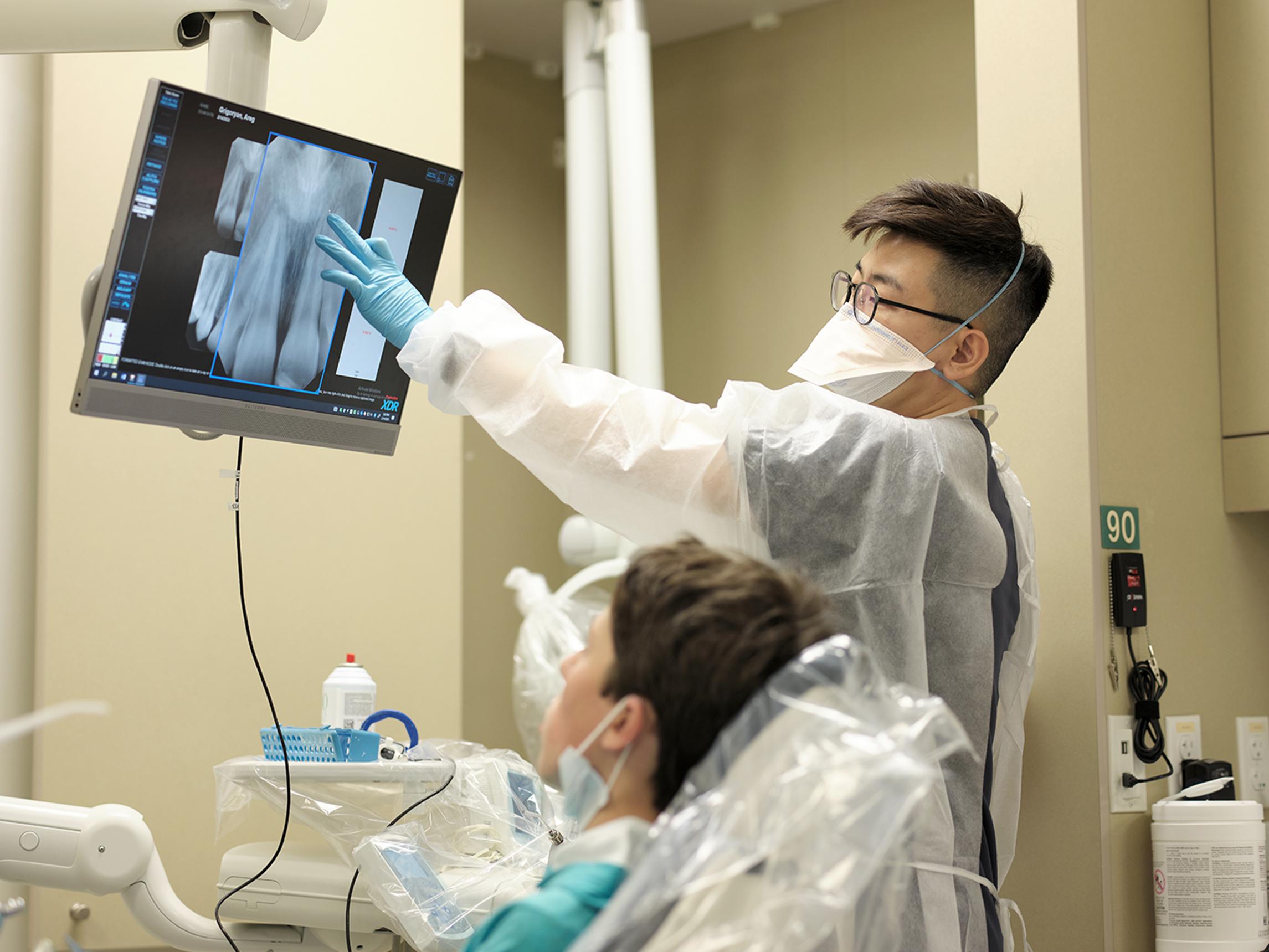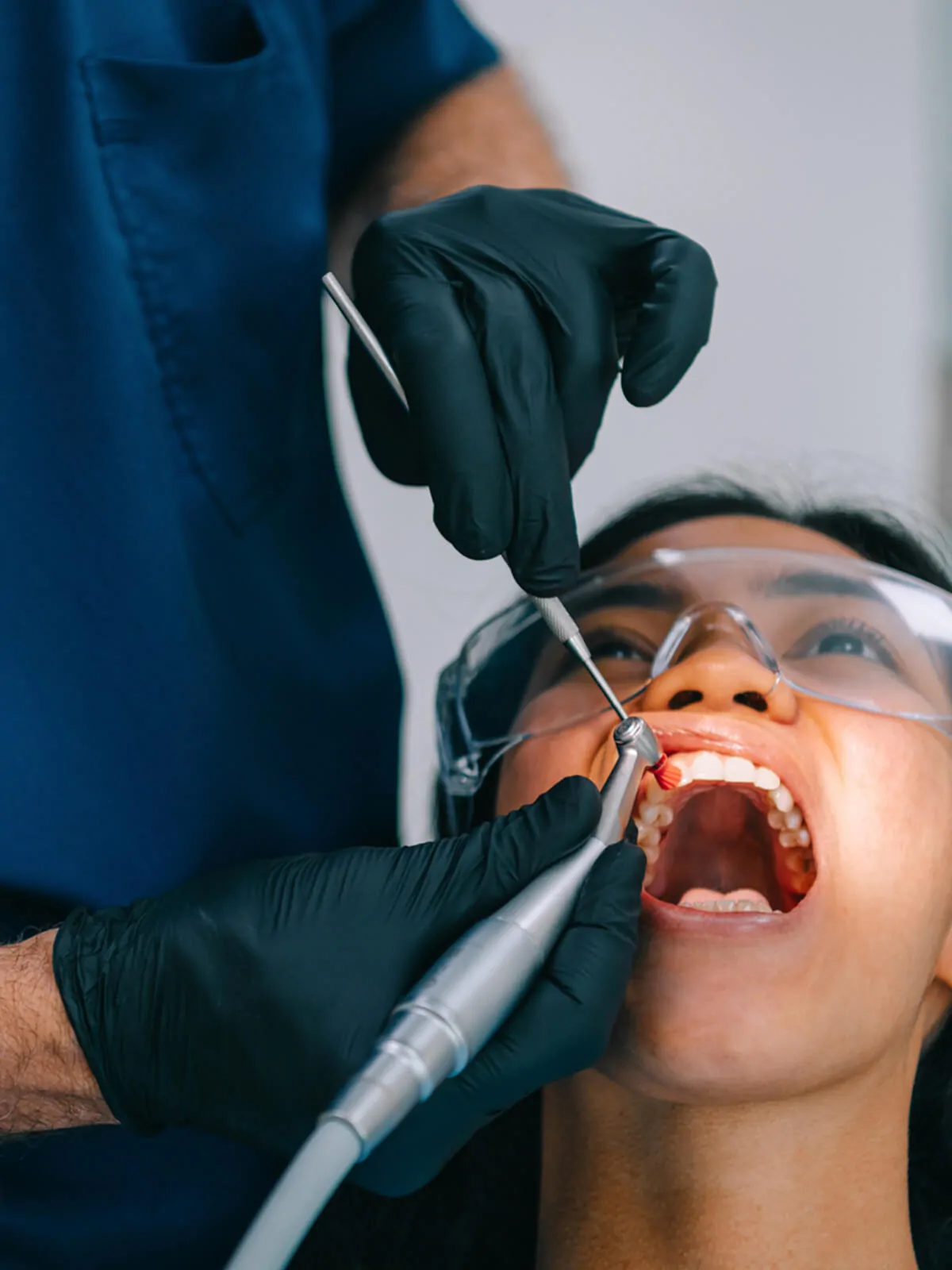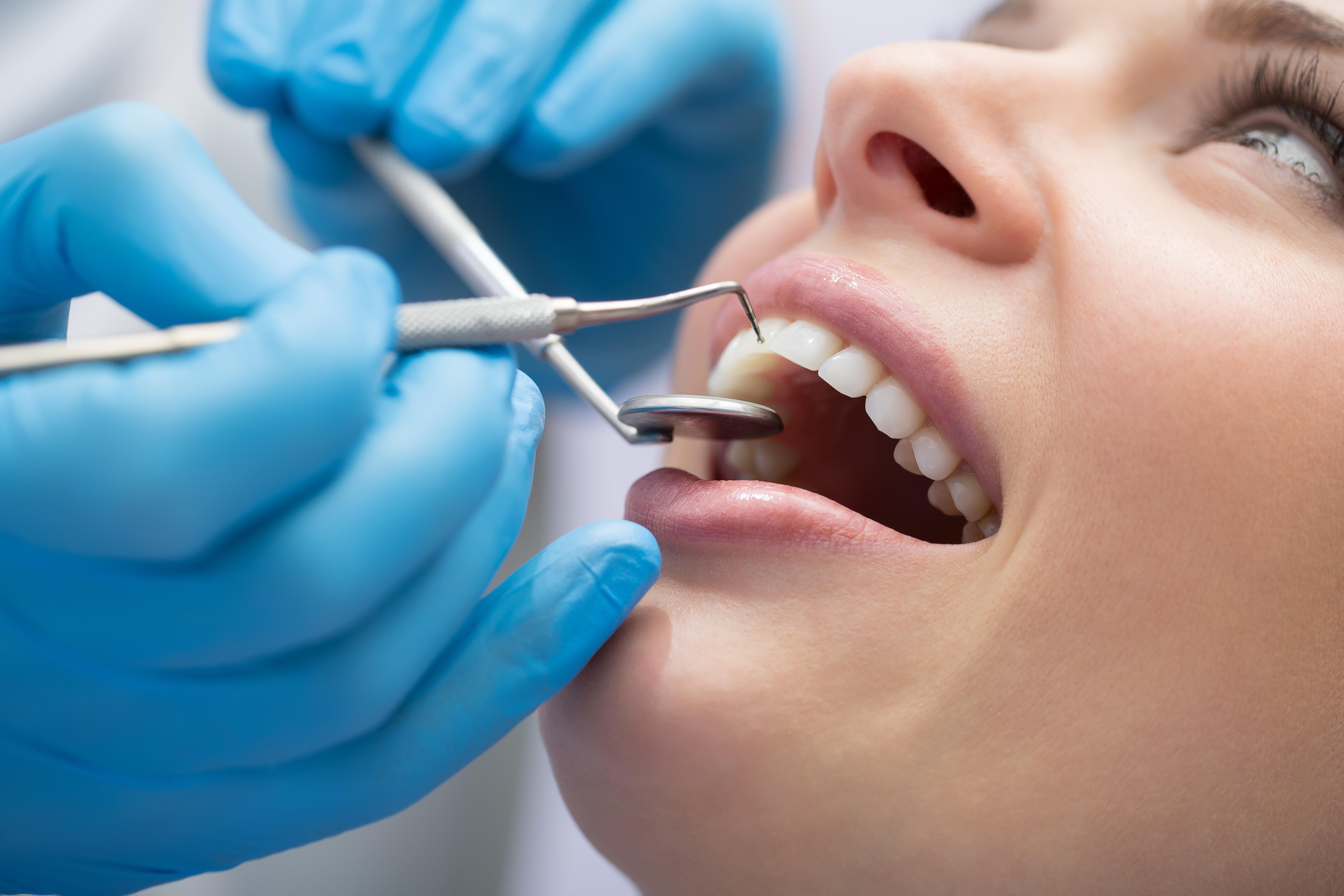Check Out the Variety Of Dental Issues Dentists Frequently Deal With
Dental practitioners are charged with resolving a wide range of dental problems, each needing specialized understanding and strategies. From the widespread trouble of cavities triggered by bacterial task to the a lot more perilous development of gum tissue illness, oral specialists should be experienced at very early detection and intervention. Tooth sensitivity, commonly resulting from used enamel, adds one more layer of complexity, while the very early recognition of oral cancer cells can be life-saving. Furthermore, misaligned attacks necessitate customized therapy strategies to enhance both performance and visual appeals. What particular techniques do dental professionals utilize to handle these diverse obstacles successfully?

Tooth Cavities and Dental Caries
While maintaining optimal dental hygiene is essential, cavities and dental caries continue to be prevalent issues that dentists regularly resolve. Cavities, additionally understood as tooth decays, are triggered by the demineralization of tooth enamel because of acid-producing microorganisms in the mouth. These microorganisms prosper on sugars and starches from food and beverages, creating a cycle of acid strikes that gradually wear down the enamel and dentin layers of teeth. If left neglected, cavities can cause significant dental issues, including infections and tooth loss.
To detect cavities and tooth decay, dental professionals use a mix of visual assessments, dental X-rays, and in some cases laser fluorescence devices. For more advanced decay, a dental expert may require to remove the endangered tissue and bring back the tooth with dental fillings made from products such as composite material, amalgam, or porcelain.
Precautionary actions are critical in combating dental caries and dental cavity. Routine dental check-ups, proper cleaning and flossing strategies, and a well balanced diet reduced in sweet foods and beverages are essential practices that sustain dental health and minimize the risk of cavities.
Gum Tissue Disease
Gum tissue disease, also called periodontal disease, is a major oral wellness concern that impacts the tissues surrounding and supporting the teeth. It begins with gingivitis, which is defined by red, puffy gum tissues that may bleed conveniently. If left untreated, gingivitis can advance to periodontitis, a more serious type of gum tissue disease that can result in missing teeth and damages to the jawbone.
This causes the gums to draw away from the teeth, creating pockets that end up being infected. As the body's immune system fights the microorganisms, the bone and connective cells that hold teeth in area are broken down. dentist eugene oregon.

Tooth Level Of Sensitivity
Beyond periodontal illness, one more common dental concern that patients frequently come across is tooth level of sensitivity. Characterized by a sharp, short-term discomfort in action to stimulations such as hot, cold, pleasant, or acidic foods and beverages, tooth level of sensitivity can considerably affect a client's top quality of life. This problem typically occurs when the safety enamel layer of the teeth comes to be put on down or when the periodontals recede, exposing the underlying dentin. Dentin includes microscopic tubules that link to the nerve closings within the tooth, consequently transmitting the excruciating sensations.
In addition, oral procedures, cracked teeth, and gum tissue illness can subject the dentin. To mitigate tooth level of sensitivity, dentists might recommend utilizing tooth paste developed for sensitive teeth, fluoride therapies to strengthen enamel, or dental bonding to cover subjected dentin.

Oral Cancer
Dental cancer, a potentially deadly and significant condition, typically flies under the radar in routine oral care conversations. This type of cancer can impact any kind of part of the mouth, including the lips, tongue, cheeks, flooring of the mouth, hard and soft tastes buds, sinuses, and throat. Early detection is vital for successful treatment, yet lots of cases are diagnosed at innovative stages due to refined initial signs.
Dentists play a crucial duty in the very early detection useful reference of dental cancer cells. During regular exams, they diligently analyze the oral tooth cavity for abnormal lesions, consistent sores, or unusual lumps. They might additionally employ adjunctive screening tools such as light resources or special dyes to recognize dubious areas that are not visible to the nude eye.
Threat aspects for oral cancer cells include tobacco use, too much alcohol consumption, human papillomavirus (HPV) infection, and extended exposure to the sunlight. Clients are advised to report any relentless adjustments in their dental health and wellness, such as trouble ingesting, unusual blood loss, or feeling numb, to their dentist instantly.
Misaligned Bites
Misaligned bites, also called malocclusions, are an usual dental problem that can significantly impact both oral health and wellness and general high quality of life. These conditions happen when the top and reduced teeth do not straighten correctly, resulting in difficulties in biting, eating, and even speaking. Malocclusions can be identified into different types, including overbites, underbites, crossbites, and open bites, each offering unique difficulties that call for tailored treatment strategies.
The reasons for misaligned bites are diverse and can include hereditary variables, very early loss of main teeth, thumb sucking, and injuries to the jaw. Symptoms commonly include discomfort or pain in the jaw, constant biting of the inner cheeks, and a boosted threat of tooth decay and periodontal illness because of difficulty in maintaining oral hygiene.
Dental professionals and orthodontists utilize a variety of interventions to deal with misaligned bites, from conventional braces and clear aligners to more advanced procedures in extreme situations. Early medical diagnosis and treatment are crucial to avoid complications such as temporomandibular joint (TMJ) problems and abnormal endure teeth. Through extensive evaluation and personalized treatment strategies, dental specialists play a crucial duty in fixing malocclusions and enhancing people' oral feature and looks.
Final Thought
Dental practitioners attend to a spectrum of oral problems, find each with distinctive difficulties and therapy procedures. Cavities and dental caries arise from microbial activity that go to the website endangers tooth enamel, while periodontal disease can intensify from gingivitis to serious periodontal conditions. Tooth sensitivity entails discomfort from thermal stimuli, requiring certain treatment. Early discovery of oral cancer cells is essential for effective intervention. Misaligned bites influence both dental health and wellness and top quality of life, frequently calling for orthodontic or surgical services to correct.
To detect tooth cavities and tooth degeneration, dental experts use a mix of visual evaluations, dental X-rays, and in some cases laser fluorescence tools.Beyond gum condition, one more usual dental issue that individuals frequently come across is tooth level of sensitivity. Additionally, dental treatments, broken teeth, and gum tissue illness can subject the dentin. To mitigate tooth level of sensitivity, dentists may suggest utilizing toothpaste formulated for sensitive teeth, fluoride therapies to reinforce enamel, or oral bonding to cover subjected dentin - dentist eugene or. Dental caries and tooth degeneration result from microbial task that compromises tooth enamel, while periodontal disease can escalate from gingivitis to extreme gum problems